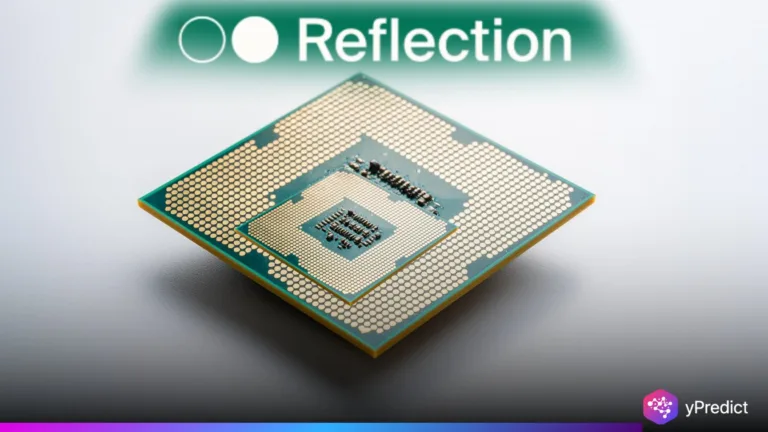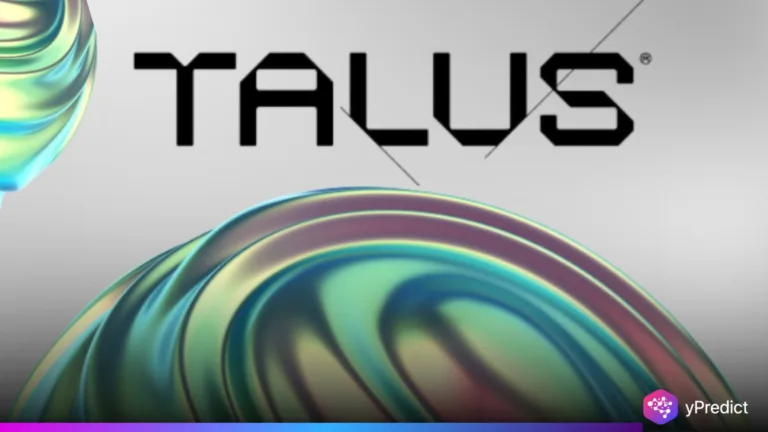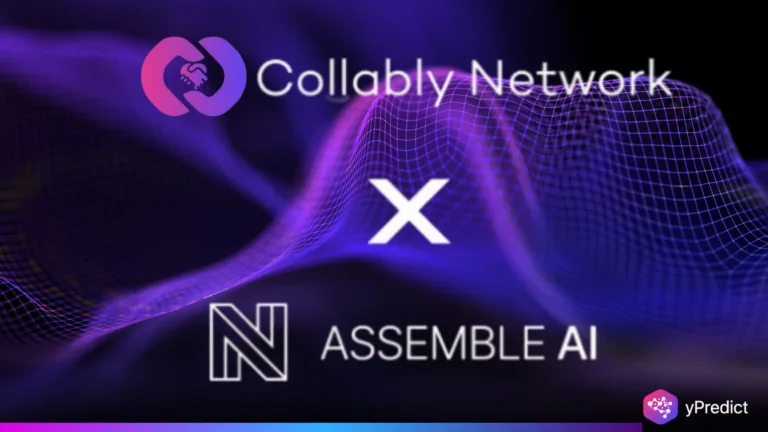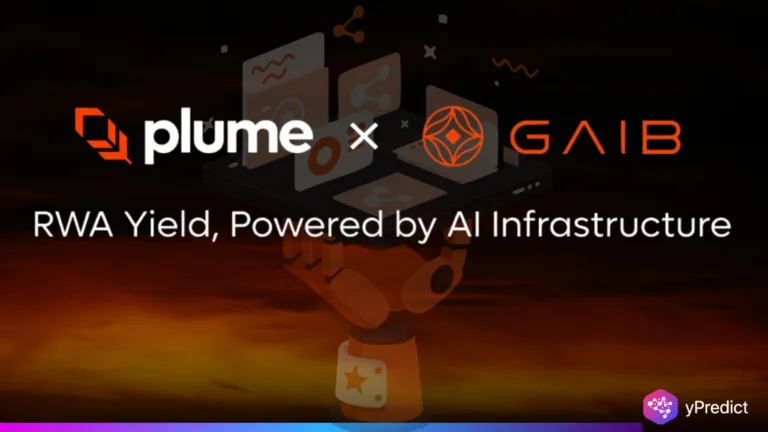
Klarna’s CEO, Sebastian Siemiatkowski, just confirmed something many feared: AI is cutting deep into the workforce. The Swedish fintech firm has reduced its staff by nearly 60%. Out of 7,400 employees, only 3,000 remain. One AI chatbot alone replaced 700 customer service agents, now handling two-thirds of customer queries. Klarna calls it progress. Others call it a warning. The shift shows how fast AI is reshaping white-collar work. And while tech leaders hail efficiency, workers see uncertainty. The big question now: if AI can handle this much, what happens to the rest of us?
Inside Klarna’s AI Shift
Klarna didn’t stumble into this. It planned it. Over the last year, the company has integrated AI into every customer touchpoint. The chatbot, trained on millions of past interactions, now responds faster than any human team could. It runs 24/7, in 35 languages, and learns from every chat. Customers get instant replies. The company saves millions.
But here’s the tradeoff. Those 700 replaced agents were people, not code. Many worked remotely or in low-cost regions. Their tasks, refunds, payment issues, and returns were ideal for automation. Klarna says remaining workers now focus on “complex tasks.” Yet employees describe burnout and shrinking teams.
This isn’t just about one company. It’s a glimpse of a global pattern. AI takes over repetitive work first. Then it moves upward, into roles once thought safe. Klarna’s model shows how easily digital firms can scale back humans once AI gets competent enough. And the savings? They’re too tempting to ignore.
The Bigger Picture for AI and Jobs
Klarna’s story echoes across industries. AI has already begun to reshape banking, retail, and customer support. Goldman Sachs estimated that 300 million jobs worldwide could be affected. In the U.S., studies show about 14% of workers have already felt AI’s impact. Most are mid-career professionals in service or creative fields.
At Klarna, the AI transition didn’t come from a crisis; it came from a strategy. Leaders saw automation as survival, not risk. Investors loved it. Stock performance improved, costs dropped, and customer satisfaction rose. But behind that efficiency sits a workforce wondering what comes next.
Manual jobs seem safer, for now. As one observer joked, “AI won’t drive a digger.” But even that’s changing. Robotics firms are already testing automated excavators and delivery drones. The line between human and machine work is blurring faster than most expected. Klarna’s move might mark the start of a new workplace era, leaner, faster, and far less human.
Conclusion
Klarna’s AI shift is a wake-up call, not just a milestone. It shows that even successful, modern companies see automation as essential, not optional. The short-term gains are clear: lower costs, faster service, and higher profits. But the long-term impact? Uncertain. Millions could face the same fate as Klarna’s ex-employees if reskilling doesn’t catch up. The message is simple: learning how to work with AI may be the only safe job left. Because the bots aren’t coming someday, they’re already here.





